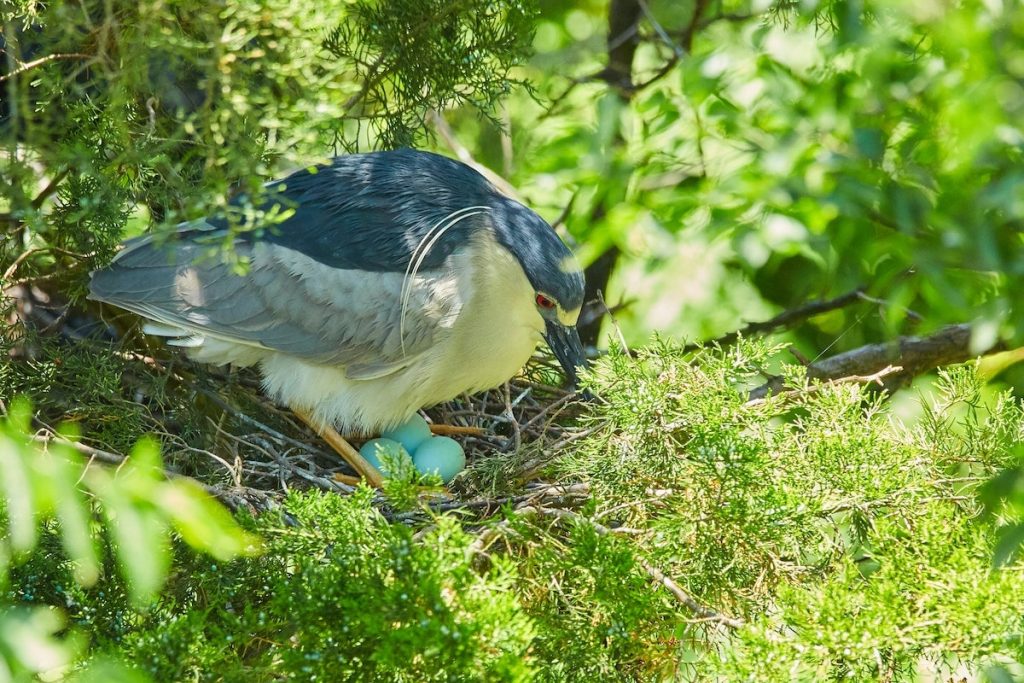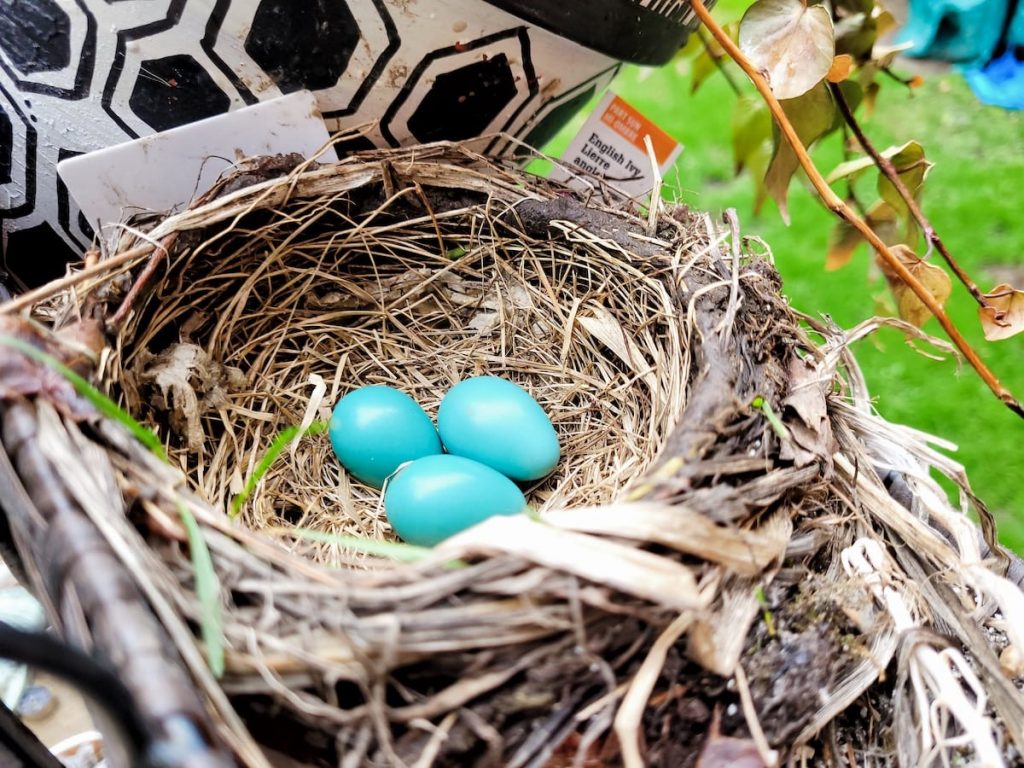
Bird eggs are fascinating structures that have evolved over millions of years to ensure the survival of bird species. From the size and shape to the color and pattern, each egg contains a unique set of characteristics that make it special. In this article, we’ll explore some interesting facts about bird eggs and share fascinating examples from the bird world.
Bird eggs come in all shapes and sizes, depending on the species of bird. For example, the eggs of the tiny hummingbird are about the size of a jellybean, while the eggs of the ostrich are the largest of all bird eggs, weighing up to 3 pounds. The eggs of different bird species are also shaped differently, with some being more round, while others are more elongated or pointed. The shape of the egg is often linked to the bird’s nesting habits and lifestyle. For example, cliff-nesting birds often lay pointed eggs that are less likely to roll off the cliff edge.

The color of bird eggs varies widely between different species of birds. Some eggs are speckled or spotted, while others are plain white or brown. The color of the egg can serve several purposes, including camouflage and signaling to potential predators. For example, the eggs of ground-nesting birds are often speckled or spotted, which helps them blend into their surroundings and avoid detection by predators.

Some bird eggs feature unique patterns that make them stand out from the rest. For example, the eggs of the common murre feature a distinct teardrop pattern that helps them roll in tight circles instead of rolling away when they are accidentally nudged. The eggs of the ruffed grouse have a series of reddish-brown spots that help them blend into the forest floor.

The incubation period for bird eggs can vary widely, depending on the species of bird. Some bird eggs hatch within a few days, while others take several weeks or even months to hatch. The length of the incubation period is often linked to the size of the bird and the environment in which it lives. For example, the eggs of the emperor penguin take about 64 days to hatch, while the eggs of the house sparrow hatch in just 11-14 days.

Different bird species have different egg-laying habits, depending on their lifestyle and nesting habits. For example, the kiwi bird lays an egg that is enormous in proportion to its body size, accounting for almost 25% of its total body weight. The kiwi is also unique in that it lays its egg directly on the ground rather than building a nest. On the other hand, the bald eagle lays its eggs in a large stick nest high up in a tree or on a cliff.

Bird eggs are surprisingly strong for their size and weight, with many eggs able to withstand a surprising amount of pressure without cracking. The strength of the eggshell is due to a combination of factors, including the thickness of the shell and the structure of the shell material itself. For example, the eggs of the American robin can withstand a force of about 90 pounds before cracking.

The temperature of the environment in which the egg is incubated is critical to the development and survival of the developing embryo. The temperature affects the rate of development of the embryo and can also determine the sex of the hatchling in some species. For example, in the green sea turtle, the temperature at which the egg is incubated determines whether the hatchling will be male or female.

Many bird species exhibit complex parental care behaviors when it comes to their eggs and hatchlings. For example, the male emperor penguin will incubate the egg while the female goes out to sea to feed. The male will balance the egg on top of his feet and cover it with a flap of skin to keep it warm. The female will return after about two months and take over the incubation duties while the male goes to feed.

Brood parasitism is a behavior in which a bird species lays its eggs in the nests of other bird species. This allows the brood parasitic bird to avoid the energy expenditure of building and maintaining its own nest. Some brood parasitic birds, such as the common cuckoo, have evolved to lay eggs that closely mimic the appearance of the host bird’s eggs to avoid detection.

Some bird species have evolved to lay eggs that mimic the appearance of other objects, such as stones or twigs, to avoid detection by predators. For example, the eggs of the Eurasian oystercatcher are speckled and streaked to look like stones on a beach, while the eggs of the common snipe are spotted and streaked to resemble the surrounding vegetation.

In conclusion, bird eggs are remarkable structures that have evolved to ensure the survival of bird species. From the diversity in size and shape to the color and pattern, each egg contains a unique set of characteristics that make it special. The behavior of bird species, such as brood parasitism and egg mimicry, is also fascinating and demonstrates the complex strategies that birds have evolved to increase their reproductive success.
